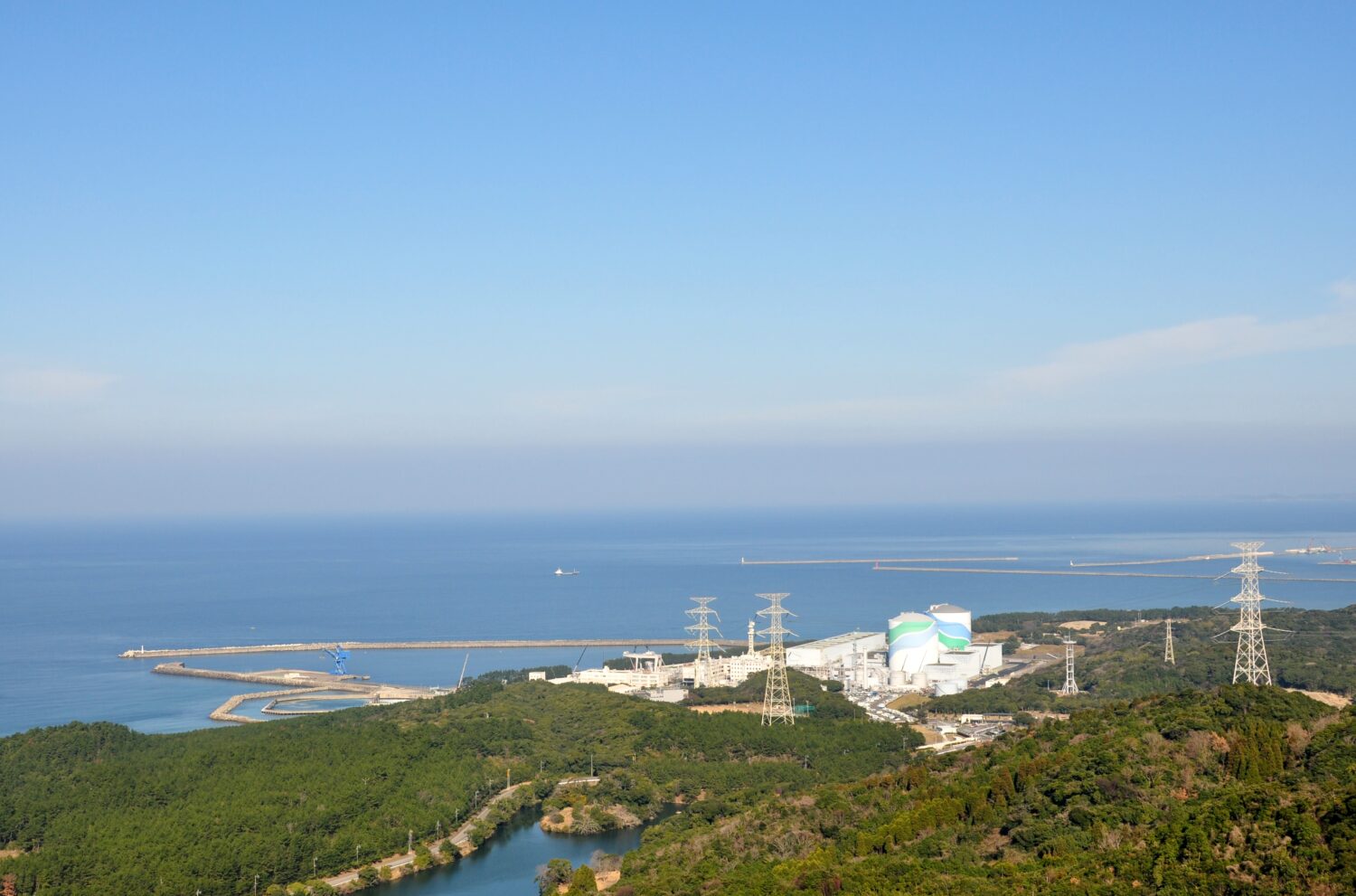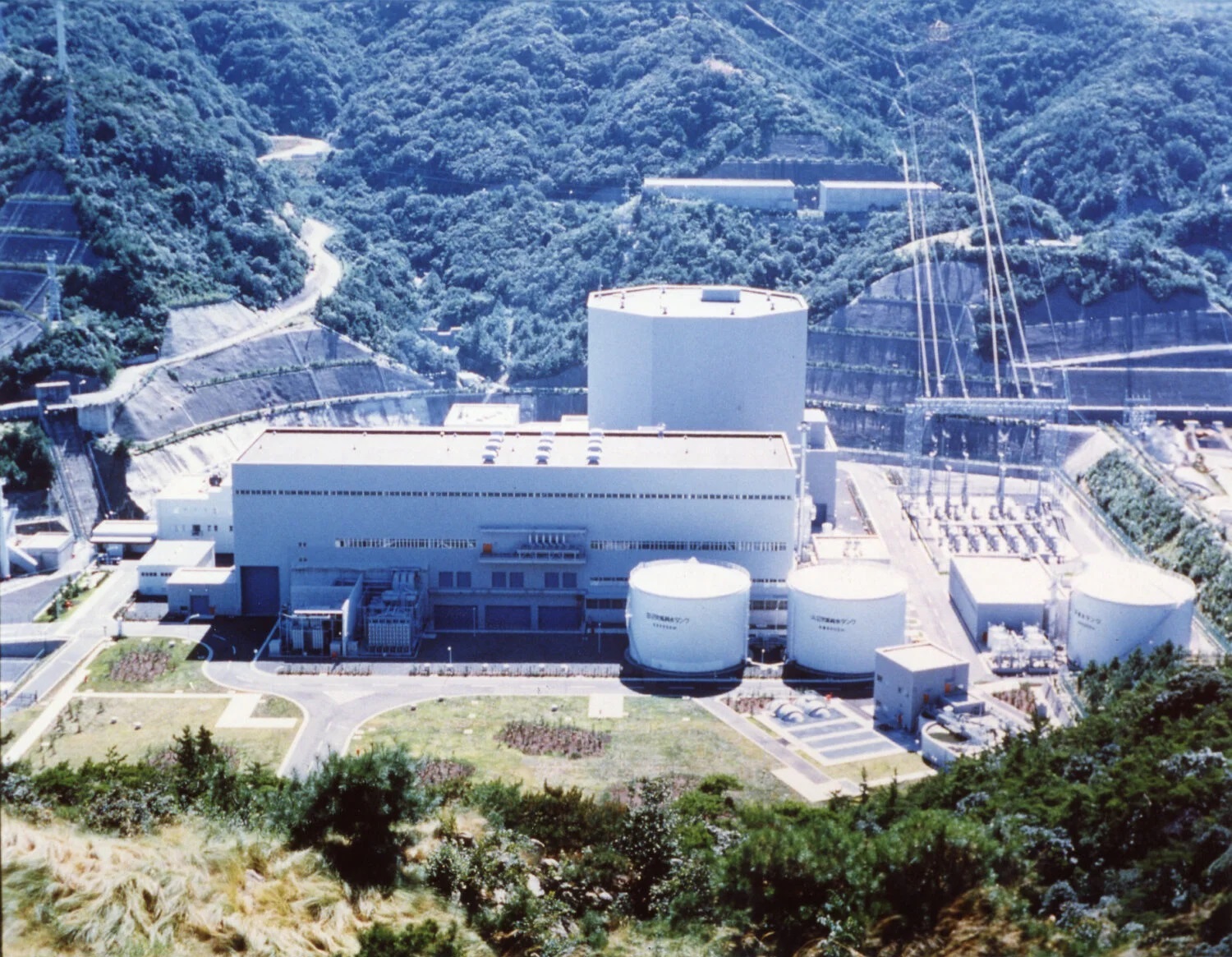The interim storage of HLW refers to storing it in a retrievable manner during a moratorium period during which technologies will be developed and long-term measures addressed. The proposal puts the moratorium at five decades in principle, with an initial timeline of three decades or so to build consensus, identify suitable locations for final disposal, and select candidate sites.
In the next two decades or so, a final disposal facility will be constructed. At least one interim facility should be located within the distribution zone of a power company with nuclear power plants, but preferably not in a region hosting NPPs, from the viewpoint of “fairly sharing the burden.”
Given that the phrase “interim storage” is also used in the context of the centralized management of waste generated by decontamination work stemming from the accident at the Fukushima Daiichi, the proposal includes a section explaining the difference, as well as its relationship with geological disposal.
The policy proposal emphasizes that HLW interim storage is necessary both to allow the waste to cool before being disposed geologically, and to allow time for activities restoring trust in nuclear power, which will be carried out during the moratorium period.
As for an organizational mechanism toward the building of societal consensus, a committee on comprehensive policy on HLW issues would be legally positioned as a governmental but highly independent, third-party organization, inclusive of the National Governors’ Association and the like.
Under the committee, a national conference would be set up on nuclear waste, emphasizing citizens’ participation, to discuss the desired manner of site selection and consensus-building. All possible candidate sites would have to be listed after examining geologically-detailed information from across the country.
Also, a committee of experts to investigate scientific and technological issues would be formed, composed of experts and specialists in both the natural and social sciences. Its responsibility would be to draw up a list of candidate sites, in addition to carrying out investigations and research on facility management, safety and risk assessment.
The proposal strikes a note of warning against making too hasty a response. Without a clear plan for ensuring storage capacity for HLW to be produced in the future — including interim storage — it says that restarting existing NPPs and constructing new ones would be a “failure in our ethical responsibility to future generations, as well as a violation of the principles of intergenerational equitability.”


-013.jpg)












